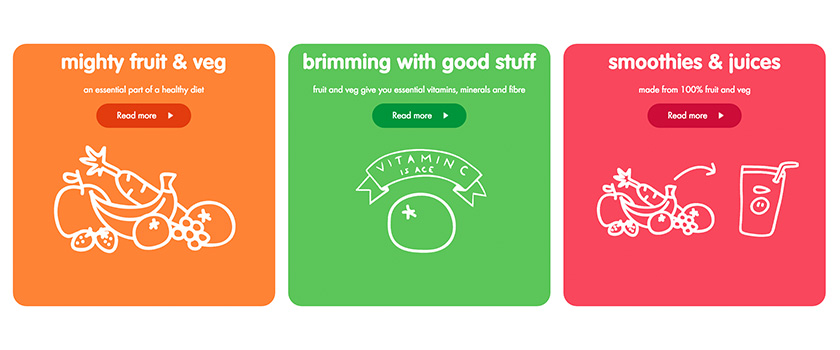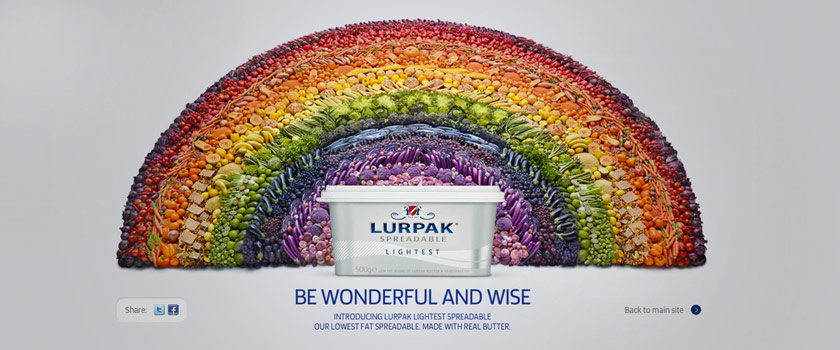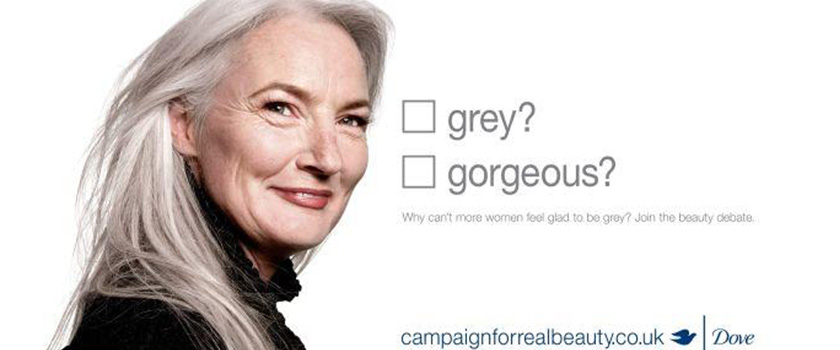Having a brand tone of voice is part of what makes your brand. It humanises you, makes you relatable and empathetic, and reveals your character. When price is the same, the only difference between one brand and another is how they make the consumer feel about their brands. So with that in mind, it’s pretty clear why brands need to have their own tone of voice.
The difficulty comes with how to apply a brand tone of voice. How do you write from the point of view of a business? How do you remove your own natural tone from the writing? How do you share the brand tone of voice with all those who will be writing for the brand?
We’ll be exploring what makes a brand tone of voice, why every brand needs one, and how to go about creating one.
Skip to the good bits:
What is a brand tone of voice?
Why have a brand tone of voice?
How to create a brand tone of voice.
What
Brand tone of voice definition:
Tone: ‘a quality in the voice that expresses the speaker’s feelings or thoughts, often towards the person being spoken to.’
Your brand tone of voice is not what you say, but how you say it. There are multiple factors in a tone of voice, from the choice of words to their order, the rhythm and the pace.
Every time you speak aloud, you utilise your own tone of voice without even thinking. This varies depending on who you’re speaking to and for what purpose. Think how your language and words change when you talk to your boss compared to a conversation with a friend.
For example:
Exhibit A: We have a competition coming up, we’ve got a great prize to give away and you can enter below.
Exhibit B: Keep your eyes peeled for our latest competition! We’ve got a juicy prize up for grabs, and all you need to do to be in with a chance is enter your details below.
Okay so we’ve exaggerated both, but however you feel about exhibit B, you have to admit it’s got character. Both sentences say the same thing, but descriptive words, interesting grammar, and upbeat tone gives the reader an idea of who is writing exhibit B, creating that personal tone. The essence of great branding isn’t convincing people you’re not a brand; it’s making an emotional connection.
 Brand tone of voice examples:
Brand tone of voice examples:
There are so many examples of brands that have their tone of voice spot on, the most prominent being innocent. From its witty packaging and unexpected blogs, to the brand’s prolific tweeting, the voice of innocent is instantly recognisable in its simple, silly honesty.
The Dove brand is passionate and proud, and has inspired a cult following with its honest campaigns about real beauty. It’s not just the imagery and the poignancy of the campaigns that makes Dove so empowering, though. Dove understands its audience inside out, and is not afraid to target them, and it also pinpoints key issues that it’s demographic faces. Simple, clear and to the point language (“The beauty we see in the media is a myth”) with everyday colloquialisms (“muffin top”) simultaneously mirrors the brand’s key objectives and encourages readers to interact.
Another brand that has perfected its tone is Very British Problems. It’s short, snappy, awkward tone works magically on Twitter, resulting in relatable, shareable snippets from the brand that have been so successful they’ve led to multiple books, an apparel website, and inspired a TV program.
All three of these brands’ business beliefs are at the centre of their tones, as well as a hefty dose of personality. A well-implemented tone provides the reader with an instant idea of who the brand is, and what it stands for, simply from reading a tweet or a product description.
Why
A good brand tone of voice reveals the personality behind the brand. Put simply, if your business sells the same product or service at the same price as a competitor, the only difference for the user will be how they feel about your brand. Your tone of voice allows you to build that connection with your customer. If your tone has made your customer feel positive towards your business, then you’re more likely to get the sale.
However, a tone of voice isn’t purely about making sales. A tone of voice takes you from being a commodity and makes you a brand. With this comes brand loyalty, personality, humour, plus the sharing of values, beliefs and goals. And the most important part? Trust.
People are incredibly sensitive to language – we perceive an affront at the absence of an ‘x’ at the end of a text, and laugh at the simple differences in grammar and punctuation. Over time your brand tone of voice will become familiar to your customers, and we humans are generally most comfortable around scenarios we are familiar with.
How
Your brand tone of voice should go without notice. It needs to be synonymous with your brand, and reflect your business objectives. To veer wildly from your core brand objectives in your tone of voice will make your customers question your motives, and potentially break any trust they had towards your brand.
If you’re struggling to get to grips with how your want your brand to sound, try these six steps (physically do them, with a pen and paper!):
- Lay out the business’ core purpose; why was it set up?
- What do you sell/offer your customers?
- Pin down your brand’s values.
- Analyse your current writing – what do you have to tell the world?
- Explore emails sent from your colleagues. How formal are they?
- How would you explain your business to a client?
Read your work aloud, if it sounds stilted or awkward, it could mean your tone of voice is too formal, or you’re trying to force humour or chattiness into it where it just doesn’t fit. The thing about a tone of voice is the context has to be taken into account. A trivial tone of voice for a car breakdown firm could be taken in the wrong way, while a thoroughly formal tone for a food magazine will be boring.
Quickfire task: Describe your brand in three words. Any three words or phrases, descriptive or not, for example: playful, cheeky, a friend. Or: adventure, push yourself, whirlwind.

The tone of voice is also flexible – there are no set rules for what to use when. While your tone will naturally be more formal for pitches, it can be chatty on social media. Find a good balance for your brand, and decide how far you want to stretch it on either side of formality.
Top tip: Using ‘your’ increases a brand’s customer-centric focus. Try ordering your sentences to put the customer first, using ‘you,’ ‘we,’ ‘your,’ and ‘our.’
And finally, always, always be regimental with your spelling and grammar. Customers are beady-eyed and all too obliging to point out mistakes, meaning one slip up could end in an embarrassingly public pointer.
To sum up, a tone of voice leads to familiarity, familiarity leads to comfort, comfort leads to trust, trust (in business terms) leads to loyal customers. And that’s why you need a brand tone of voice!
If you have any queries, or you’ve got a special trick for pinning down your tone, get in touch on Twitter or Facebook.





